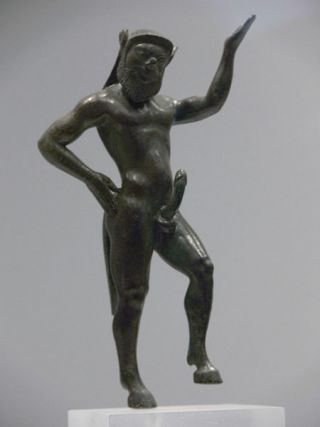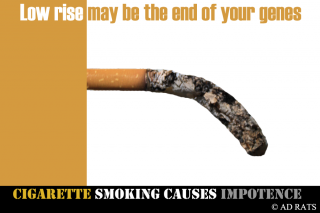Health
Men’s Erections as Peacock Tails
Penis health as the proverbial canary in the coalmine
Posted January 14, 2014

The peacock’s tail is often used as the prototypical example of the evolution of a trait that confers a reproductive (and not a survival) advantage. The tail’s iridescent colors, symmetric patterns, and size serve as honest signals of the peacock’s fitness and phenotypic quality. In other words, to the extent that hens have to accurately discriminate among many prospective suitors, an honest signal (i.e., one that carries severe costs for possessing it) allows them to discriminate between the fakers and the truly high-quality males. In two of my books, The Evolutionary Bases of Consumption, and The Consuming Instinct: What Juicy Burgers, Ferraris, Pornography and Gift Giving Reveal About Human Nature, I apply these principles in the consumer context by proposing that many purchases serve as honest signals of an individual’s social status. See also some of my earlier Psychology Today articles on peacocking via the use of cars (here and here), the peacocking of male artists in general and rappers throwing wads of cash in videos in particular, as well as the purchase of extravagantly expensive art as an instance of peacocking.
In today’s post, I briefly discuss a 2005 article published in Medical Hypotheses authored by two Italian scientists, Alessandro Cellerino and Emmanuele A. Jannini, in which they applied the concept of honest signaling to erectile dysfunction. The researchers cite cross-cultural studies regarding the prevalence of erectile dysfunction, and conclude that this affliction applies to roughly 1 out of 3 men globally. Unlike numerous other male mammals that possess a penile bone (known as the baculum), human penises function via the neurovascular system (blood needs to engorge the phallus). Furthermore, comparatively speaking, human copulation lasts longer than that of many other species. As such, Cellerino and Jannini argue that the ability to obtain and maintain an erection is physiologically speaking indicative of a man’s overall health status since many illnesses will result in erectile dysfunction across a wide range of etiologies including systemic, vascular, endocrine, metabolic, immunologic, neurologic, urologic, psychiatric, psychological, and pharmacological (see Table 3, p. 182 for diseases associated with this taxonomy). A man’s penile health (functioning) is a window to his overall health.
It is important to note that while the likelihood of erectile dysfunction increases with a man’s age, many younger men suffer from this medical condition for reasons other than the standard performance anxiety that is often ascribed to this demographic group. For example, young men who are heavy smokers are much more likely to experience erectile dysfunction (Natali et al., 2005). This brings me to my next point, namely, the idea that the design of maximally effective public service announcements should cater to evolutionarily relevant triggers (as I discuss in my books when tackling dark side consumption). Rather than warning young men about the eventual likelihood of developing heart disease in forty years, make it clear that their ability to sexually perform tonight

is compromised as per this wonderful ad with an equally alluring slogan: “Low rise may be the end of your genes.” Now it does not take an expert evolutionary psychologist to understand the power of this message! For a similar argument as relating to the design of optimal public service announcements meant to curb excessive sun tanning, see Saad and Peng (2006) and my Psychology Today article titled Which Demographic Profile Is Most Likely To Sunbathe?
Two final points:
1. Readers interested in learning more about penises can visit three of my earlier Psychology Today articles on this issue: Facts and Myths About the Human Penis; Penis Size and Preferred Sexual Roles Among Gay Men; and Male Circumcision and Quality of Sex Life (For Both Sexes).
2. Readers might be interested to know that in French “tail” is “queue,” which is also a colloquially crass term for “penis.” So the comparison of a peacock's tail and a man's penis is particularly à propos in the French language. Ah, the French!
Please consider following me on Twitter (@GadSaad).
Source for Image:


